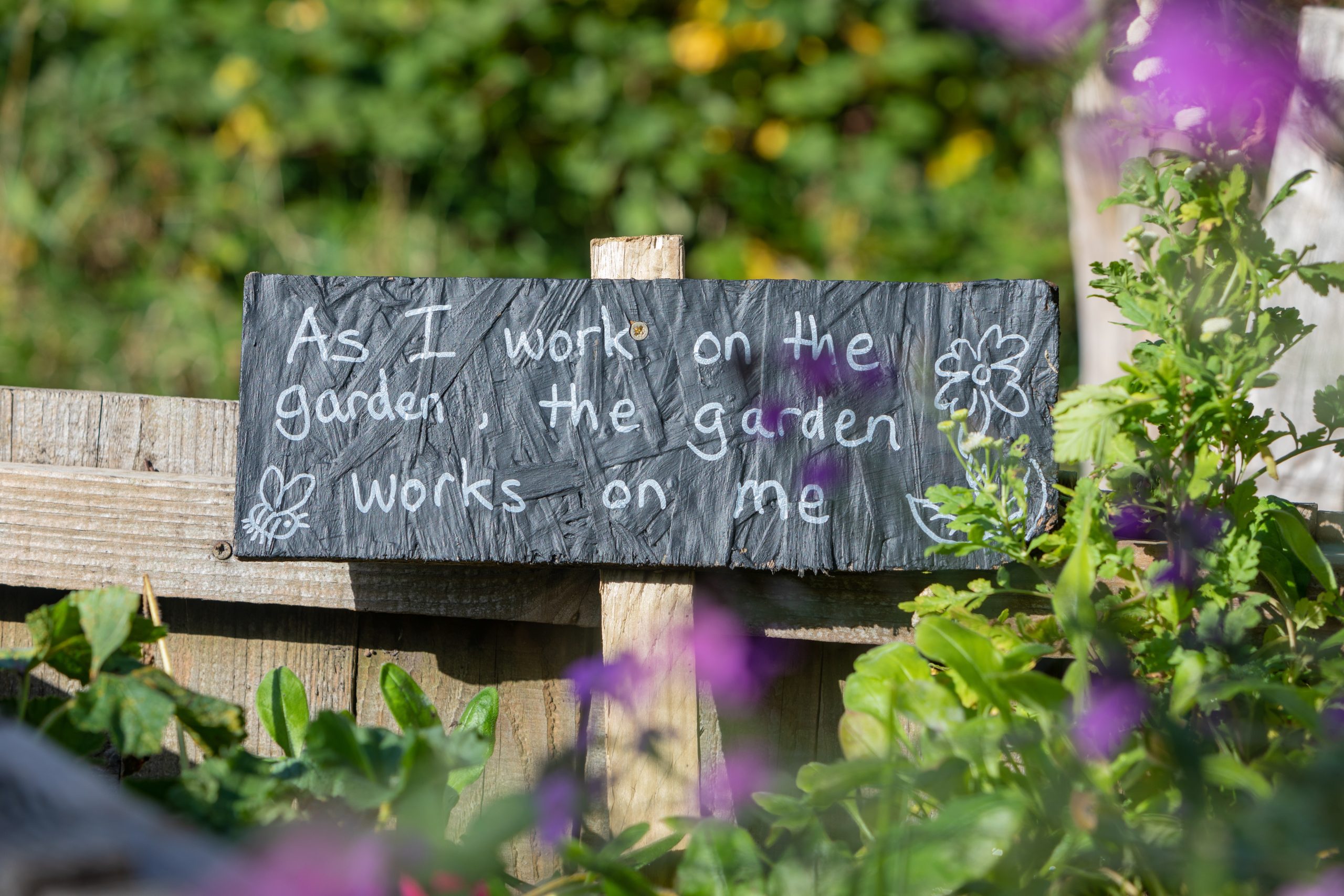Introduction
Are you tired of seeing your flower garden struggling to thrive? Do you often find yourself wondering what went wrong with your once beautiful blooms? Don’t worry, you’re not alone! Maintaining a healthy and vibrant flower garden can be challenging, especially when dealing with common problems such as poor soil conditions, pest infestations, and water issues. However, with the right knowledge and troubleshooting tips at hand, you’ll be able to solve these problems and enjoy a flourishing garden in no time. In this blog post, we’ll explore some of the most common flower garden problems and provide you with practical solutions for healthier plants.
Common Flower Garden Problems
Maintaining a flower garden can be a rewarding and fulfilling experience, but it’s not without its challenges. There are several common problems that can affect the health and growth of your plants. One of the most common issues is poor soil conditions. If your soil lacks nutrients or has too much clay, it can stunt plant growth or cause yellowing leaves.
Another problem you may encounter is pest and disease infestations. Insects like aphids, mites, and caterpillars can damage flowers by feeding on leaves and stems, while diseases like powdery mildew or rust can cause discoloration or spots on plant surfaces.
Additionally, watering problems are also quite prevalent in flower gardens – either too much water deprives roots of oxygen leading to root rot; conversely little watering makes the soil dry causing wilting.
Identifying these problems early on is key to preventing further damage to your garden. By keeping an eye out for signs like discolored leaves or abnormal growth patterns will enable prompt action before things get worse.
A. Poor Soil Conditions
Poor soil conditions can be a major problem for flower gardeners. It’s important to identify the specific issue with your soil in order to effectively solve it.
One common issue is nutrient deficiency, which can lead to stunted growth and poor flowering. Adding organic matter such as compost or aged manure can help replenish nutrients in the soil.
Another issue is compacted soil, which makes it difficult for roots to penetrate and absorb water and nutrients. Aeration, either through mechanical means or by adding organic matter like compost, can improve drainage and loosen up the soil.
Acidic soils are also a problem for many flowers that prefer neutral pH levels. To correct this, you may need to add lime or other materials that raise pH levels.
Some soils may have too much clay or sand content, making them inhospitable for certain types of plants. Mixing in amendments like perlite or vermiculite can help balance out these issues.
Identifying the specific problem with your soil is key to solving poor growing conditions for your flower garden.
B. Pest and Disease Infestations
Pest and disease infestations are among the most common problems that gardeners face. These can include aphids, spider mites, whiteflies, snails, slugs, powdery mildew, black spot and other fungal diseases.
One of the best ways to prevent pest and disease infestations is to inspect your plants regularly. Look for signs of damage such as holes in leaves or chewed stems. If you see any pests on your plants, remove them immediately by handpicking or spraying them with a stream of water.
Another effective way to control pests is by using pesticides and fungicides. However, it’s important to use these chemicals responsibly since they can harm beneficial insects like bees and butterflies. Always read the label carefully before applying any chemical treatments.
To minimize pest and disease problems in your flower garden over time, focus on creating healthy soil conditions for your plants. Healthy soil will help create stronger plants that are more resistant to pests and diseases.
By taking proactive steps to prevent pest and disease infestations in your flower garden from the beginning stages onwards instead of waiting until there’s already an issue present , you’ll be able to enjoy healthier flowers all season long!
C. Lack of Water or Too Much Water
One of the most common issues that gardeners face when tending their flower gardens is dealing with the right amount of water. Whether it’s too much or too little, this can have a significant impact on plant health and growth.
When plants don’t receive sufficient water, they become stressed and may begin to wilt or even die. On the other hand, overwatering can lead to root rot and other diseases that can cause significant damage and kill off entire plants.
To avoid these problems, it’s important to find a balance between watering your flowers enough without going overboard. One way you can do this is by monitoring soil moisture levels regularly using a soil tester tool.
If you notice that your plants are looking dry or dehydrated, then it might be time to give them a good drink of water. Make sure not to flood the area around them as this could lead to oversaturation of the soil which creates anaerobic conditions in which roots cannot survive.
Alternatively, if your garden has been receiving too much rainwater lately, then consider creating proper drainage systems so excess water doesn’t accumulate around plant roots for extended periods.
Finding the right balance between watering frequency and quantity will help keep your flower garden healthy while avoiding any potential issues caused by either lack of moisture or oversaturation.
B. Pest and Disease Infestations
Pest and disease infestations can quickly ruin a beautiful flower garden, but there are steps you can take to prevent and treat them. The first step is to regularly inspect your plants for signs of damage or illness. Look for wilting leaves, discoloration, holes in the foliage, or any unusual growths on the stems or flowers.
If you do notice an issue, it’s important to act quickly before it spreads throughout your garden. One option is to use pesticides specifically designed for the type of pest you’re dealing with. However, be sure to follow all instructions carefully and avoid using harsh chemicals that could harm beneficial insects or animals.
Another option is to try natural remedies such as neem oil spray or homemade insecticidal soap made from mild dish soap and water. These solutions may not work as quickly as pesticides but they are often safer for both your plants and the environment.
In addition to pests, diseases can also wreak havoc on your flower garden if left unchecked. Some common diseases include powdery mildew, botrytis blight, and black spot fungus. To prevent these issues from taking hold in your garden, make sure your plants have adequate air circulation by spacing them apart properly and pruning back any overgrowth.
Keeping a close eye on pest and disease infestations is key to maintaining a healthy flower garden year-round!
I. Inspect Plants Regularly
Inspecting your plants regularly is essential to keeping them healthy and free from pests and diseases. By checking on your plants frequently, you can catch any problems early and take action before they become too severe.
Start by looking at the leaves of your plants. Are there any holes or discoloration? This could be a sign of insect damage or disease. Check under the leaves as well, since many insects like to hide out there.
Next, examine the stems for any signs of rot or wilting. If you notice these symptoms, it might be an indication that your plant is not getting enough water.
Don’t forget to look at the flowers themselves! Sometimes pests will target just the blooms rather than the whole plant. Make sure all petals are intact and free from blemishes.
Check around the base of each plant for any weeds that may have sprouted up nearby. Weeds compete with your flowers for nutrients in soil and can cause damage if left unchecked.
By inspecting your plants regularly, you’ll be able to keep them healthy and strong all season long!
Ii. Use Pesticides and
By following these troubleshooting tips, you can keep your flower garden healthy and beautiful all season long. Remember to regularly inspect your plants for signs of pest and disease infestations, provide the right amount of water and sunlight, and amend poor soil conditions as needed. If necessary, don’t be afraid to use pesticides or other treatments recommended by a gardening professional.
With a little bit of effort and care, you can overcome any common flower garden problems that may arise and enjoy the full beauty of your flourishing blooms. Happy gardening!




